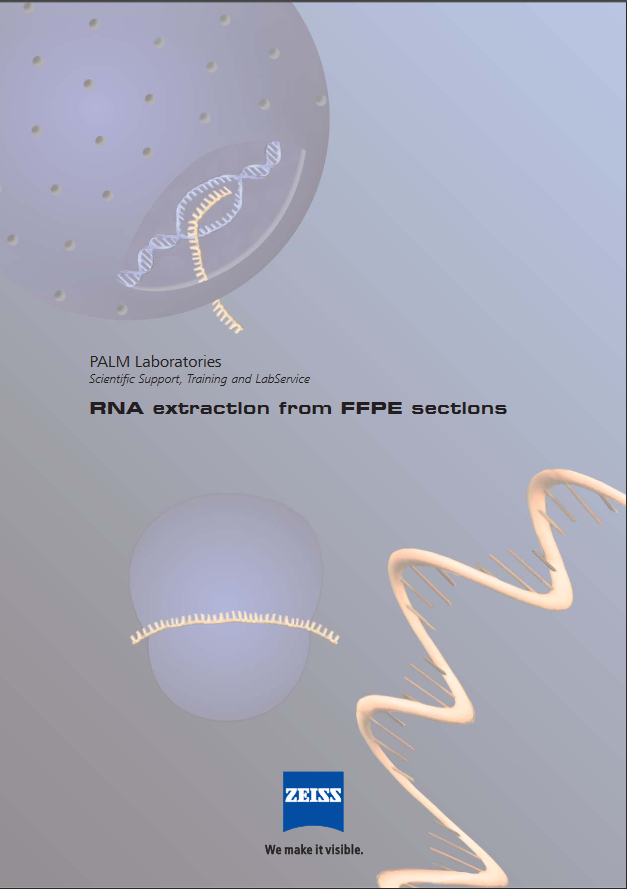

A linker is ligated to the 3′ end of the RNAs, serving as a docking platform for a two-part cleavable RT primer. This property has been used to increase the resolution in individual nucleotide resolution crosslinking and immunoprecipitation (iCLIP). However, up to 80% of the cDNAs terminate at the crosslinked nucleotide. Thus, CLIP can only identify sequences with read through of the RT beyond the crosslink site. For CLIP, adapters are attached to both the 5′ and 3′ ends of the RNAs co-precipitating with the protein of interest. To overcome this drawback, more recently developed crosslinking and immunoprecipitation (CLIP) techniques rely on UV-induced covalent bonds between RBPs and their target RNAs, providing information on the site of interaction. While RIP is useful to identify in vivo target transcripts, it does not provide immediate information about the binding motifs on the RNAs. In a first RIP-seq analysis in Arabidopsis, more than 4000 targets of the serine/arginine rich (SR)-like protein SR45 were identified by RNA immunoprecipitation, followed by high-throughput sequencing. RIP and subsequent identification of bound transcripts by reverse transcription (RT)-PCR has been used to confirm candidate in vivo targets of plant RBPs. In conventional RNA immunoprecipitation (RIP) techniques, formaldehyde is used for crosslinking. To preserve the physiological RNA–protein interactions, RNA and bound proteins are often crosslinked in vivo. In higher plants, RBPs were immunoprecipitated from lysates of purified maize chloroplasts under native conditions and RNAs were identified by microarrays.

To date, global mapping of in vivo RNA–protein interactions is performed by immunopurification of RNA-binding proteins using antibodies against the native protein or an epitope, and cataloguing the associated RNAs by RNA-seq. The complete binding repertoire of any of these RBPs is virtually unknown. Arabidopsis thaliana harbors 197 proteins with an RNA recognition motif (RRM), the most frequent type of RNA-binding domain. This regulation at the RNA level represents an important checkpoint to extensively modulate gene expression once transcription has been initiated. RNA-binding proteins (RBPs) regulate RNA processing steps from synthesis to decay, including pre-mRNA splicing, transport, 3′ end formation, translation, and degradation. This paves the way to investigate the dynamics of posttranscriptional networks in response to exogenous and endogenous cues. We have established iCLIP for plants to identify target transcripts of the RNA-binding protein AtGRP7.

Furthermore, several targets show changes in alternative splicing or polyadenylation in response to altered AtGRP7 levels. In particular, elevated AtGRP7 levels lead to damping of circadian oscillations of transcripts, including DORMANCY/AUXIN ASSOCIATED FAMILY PROTEIN2 and CCR-LIKE. Cross-referencing the targets against transcriptome changes in AtGRP7 loss-of-function mutants or AtGRP7-overexpressing plants reveals a predominantly negative effect of AtGRP7 on its targets. In the vicinity of crosslink sites, U/C-rich motifs are overrepresented. AtGRP7 can bind to all transcript regions, with a preference for 3′ untranslated regions. Of the iCLIP targets, 452 were also identified by RIP-seq and represent a set of high-confidence binders. To independently validate the targets, we performed RNA immunoprecipitation (RIP)-sequencing of AtGRP7-GFP plants subjected to formaldehyde fixation. ICLIP identifies 858 transcripts with significantly enriched crosslink sites in plants expressing AtGRP7-GFP that are absent in plants expressing an RNA-binding-dead AtGRP7 variant or GFP alone. Here, we adapt individual nucleotide resolution crosslinking and immunoprecipitation (iCLIP) genome-wide to determine the binding repertoire of the circadian clock-regulated Arabidopsis thaliana glycine-rich RNA-binding protein AtGRP7. However, the lack of a genome-wide view of their in vivo binding targets and binding landscapes represents a gap in understanding the mode of action of plant RNA-binding proteins. Functions for RNA-binding proteins in orchestrating plant development and environmental responses are well established.


 0 kommentar(er)
0 kommentar(er)
